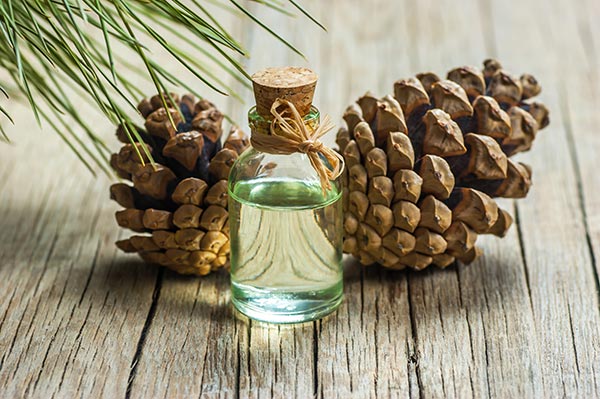
In a recent study, researchers from Italy and Kosovo extracted essential oils from different species of pine trees, namely, Pinus heldreichii (Bosnian pine), P. peuce (Macedonian pine), P. mugo (mountain pine), P. nigra (Austrian pine) and P. sylvestris (Scots pine). Their goal was to investigate the chemical composition and biological activities of the oils derived from each species.
They reported their findings in an article published in the Journal of Essential Oil Research.
Essential oils of different pine trees contain a variety of antioxidant and antimicrobial agents
The pine family is a representative family of gymnosperms, which are flowerless plants that produce cones and seeds. They have a thick, sticky and aromatic sap and a distinct but pleasant scent. Besides being used extensively for medicine, especially by indigenous people, some pine trees are also used for food. For instance, white pine (P. strobus) and pitch pine (P. rigida) are excellent sources of wild food and are said to be rich in vitamin C.
Pine essential oil is derived from the needles of pine trees, which are known for their powerful aroma. This aroma is due to the presence of active compounds -- the same compounds that give pine essential oil plenty of beneficial properties. Besides freshening the air, pine essential oil can also relieve symptoms of the common cold, treat minor skin infections, reduce inflammation and alleviate pain.
For their study, the researchers evaluated the antioxidant and antimicrobial activities of the total and fractionated essential oils of the different pine species they selected. In addition, they examined the volatile organic compound (VOC) content of needles obtained from the pine trees.
After extracting the pine essential oils and their fractions, the researchers analyzed each using gas chromatography and mass spectrometry. They identified a total of 112 compounds in the essential oils and their fractions and observed the same trend with the needles' VOC content.
When it comes to antioxidant properties, the researchers found that the pine essential oils had lower activities than their respective fractions. The oils and their fractions also showed varying degrees of antibacterial activity against different microbial pathogens. (Related: 3 Essential oils with powerful antibacterial and antiviral properties.)
Meanwhile, phytochemical analysis revealed that the compounds responsible for the pine essential oils' biological properties were oxygenated monoterpenes and sesquiterpenes. Monoterpenes are said to be responsible for the antibacterial, antiseptic and antiviral properties of many essential oils, while sesquiterpenes are believed to have anti-inflammatory, analgesic, neuroprotective and sedative properties, among others.
Based on these findings, the researchers concluded that the essential oils of different pine species are rich in phytonutrients that can promote human health. They also believe that the essential oils' antioxidant and antimicrobial activities are regulated by reciprocal interactions among the different subclasses of phytochemicals they contain.
Pine essential oil is not the only natural antimicrobial agent on the planet. Get to know more at NaturalAntibiotics.news.
Sources include:
Please contact us for more information.























